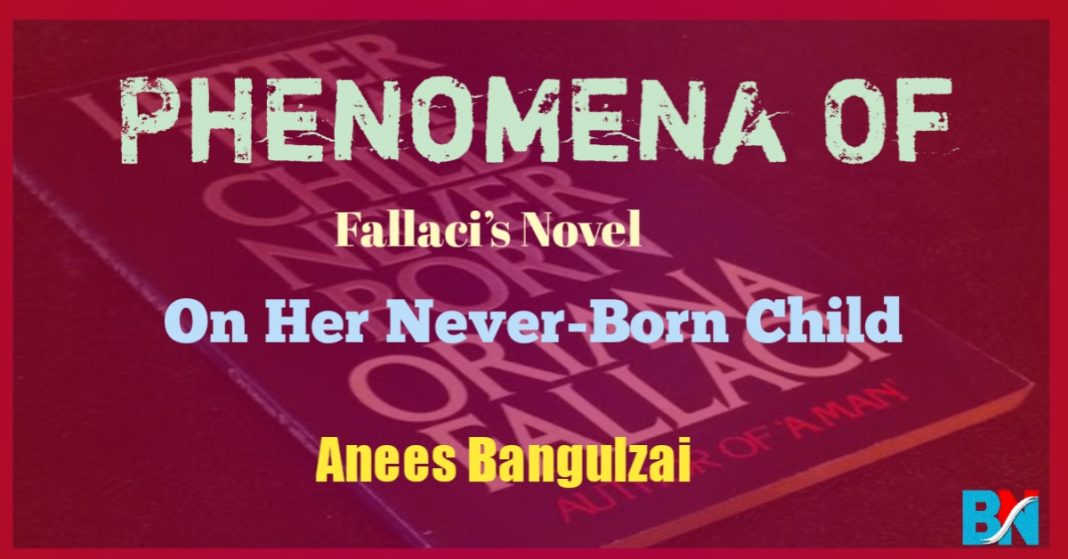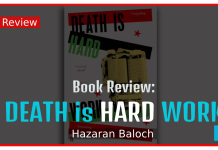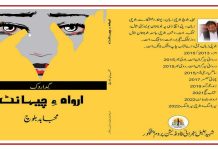‘Letter to a child never born’ is an incredible novel by the Italian journalist-cum-author Oriana Fallaci. She has described the feelings, confusion and love of a mother for her child so expertly that after reading the novel, one can acquire an understanding of the perception of a mother. It is a novel about a woman and her never born child.
The main character in the story is the woman who informs her child about the ups and downs of life, though not born yet. She shares her experiences and perceptions of life with her child, reveals the sorrows, difficulties and inequity human beings face in life. She narrates prolific short stories to her child which are examples of injustices in life. Fallaci gives a philosophical and psychological touch to the story with all her skills.
In her short novel, she tells stories to her child about the ancient past. She informs her child that some people maintain the beginning of a world was nothing except a great calm. “Then came a spark, a split and what had not been there before now was,” she narrates.
When I read these philosophical lines in this novel, I remembered my past when my teacher had told me that philosophy and literature were so connected. He added that sometimes the story writer or the poet notes such lines which they may or may not realize that the lines are linked to the philosophical ideas of the world’s renowned philosophers.
The above-mentioned lines of the author relate to the Hegelian method of Dialectics of thesis, antithesis and synthesis. “In the beginning, there was nothing except a great calm, a great motionless silence,” this line we determine as (Thesis) nothing and further, “then came a spark, a split.” This we take as the (being) antithesis, from which we take out the (becoming) synthesis, “and what had not been there before now was.”
She tells her child that life for women is more challenging as compare to their counterpart. Because the authoritarianism of men has a very long history as the word ‘man’ is used for both, men and women. The first creature is Adam, a man. Even God is shown as an old man in the paintings present in churches: the heroes are too man from Prometheus to Icarus, and Jesus who is called the ‘Son of God’.
On the other hand, she describes the other side of the picture too with her child that the life of a man is also not easy. The men too have to suffer and face the difficulties of life. Shortly, life is adventurous for both men and women.
The novel contains many aspects of life, especially its darker ends. The woman defines and explains love and life for her child to some extent. She gives more importance to collectivism than individualism, as somewhere in the story, she writes, “Life is a community in which we hold hands to help and console each other. Even plants bloom better alongside each other, birds migrate in flocks and fish swim in shoals.”
The woman who is carrying the child in her womb is a working woman. Eventually, she goes on a trip because of her work and, as a result, the baby never reaches the point of being born. For this, the doctor and others find her guilty and decide to punish her. She gets shocked seeing those people who, at the beginning suggested her to waste her child and get rid of it, accused and blamed her for murdering the child. Ultimately, in the middle point of life and death, she tries to get rid of this horrible situation.
Facebook Comments










